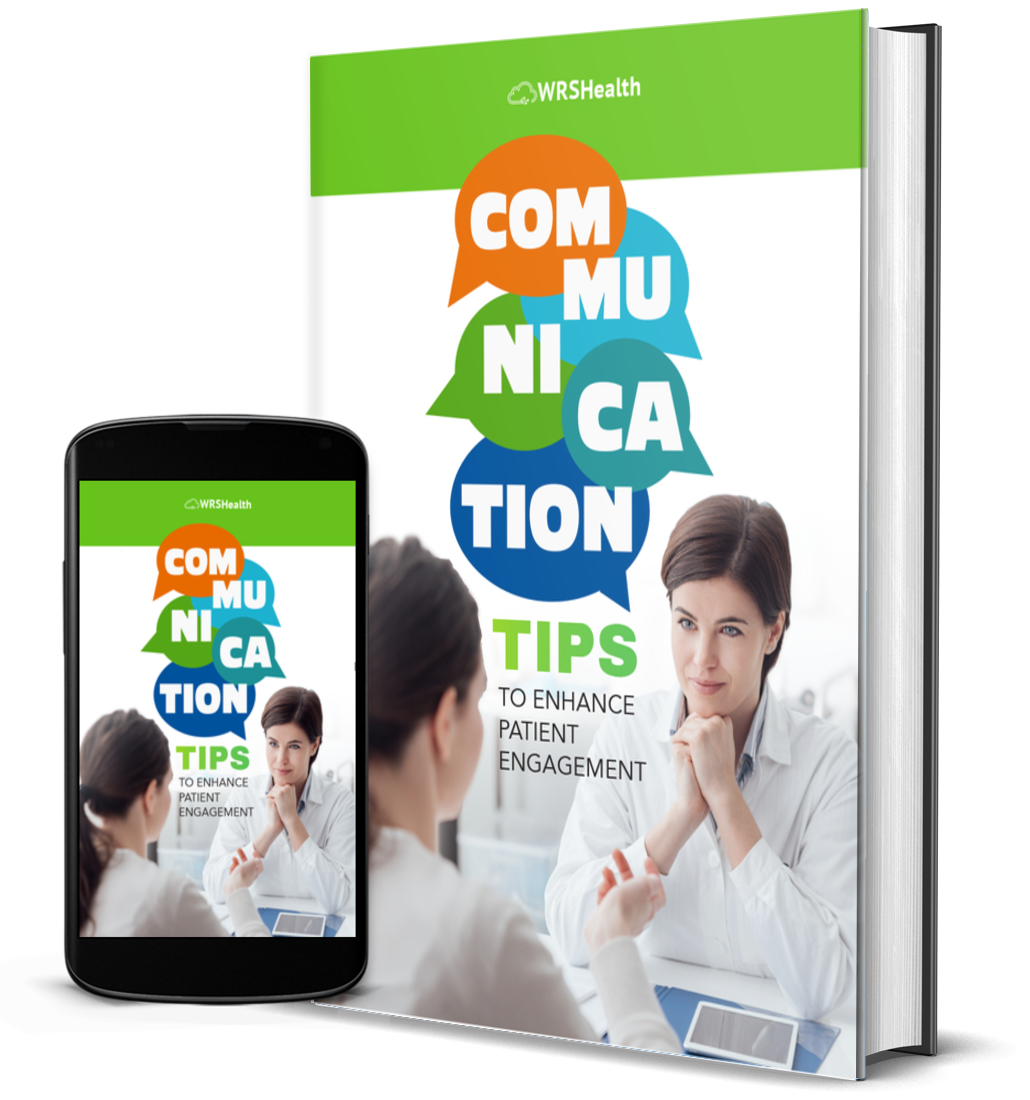In the world of doctor-patient relations, there is a huge disconnect – doctors believe they communicate satisfactorily with patients, while patients disagree wholeheartedly. One top patient complaint, in fact, revolves around doctors not listening well and frequently interrupting patients before they finish a thought or ask a question.
Despite this, patients understand the importance of doctor-patient communication and its impact on their treatment and outcomes. Effective communication empowers patients to actively participate in their own care and establishes trust for shared decision-making.
Effective Communication Across Your Medical Practice

In this month’s guide, we present “Communication Tips to Enhance Patient Engagement,” because engaged patients are more likely to adhere to treatment plans, participate in recommended preventive measures, and make informed decisions about their health.
Effective communication, spanning spoken, written, and non-verbal forms, is crucial for everyone in your practice – from the front desk to clinical care, billing, and follow-up. Warm and empathetic communication is essential throughout the patient journey and their experience with your medical practice.
This guide explores all forms of communication and includes primers on active listening and empathy, non-verbal communication that enhances connection, building rapport and trust, as well as cultural sensitivity awareness, using clear and concise language and proper scheduling that allows sufficient time for patient consultations to avoid rushing through appointments.
As much of medical communication today occurs online via email, online portals, and other digital mediums, we highlight how to improve written communications to help educate patients and provide proven methods to explain complex medical terminology.
Remember that more than one-third of Americans have basic or below-basic health literacy. These patients are also unlikely to use the Internet to communicate with you. When necessary, use a combination of telephone, email, and snail mail to improve the chances that communication is received and understood.
EHR Communication Review and Adapting to Busy Times
Effective communication is crucial for patient engagement and satisfaction, resulting in improved healthcare outcomes. To maintain clarity and prevent overwhelming patients, it’s essential to periodically review your EHR communication settings, typically set during the initial rollout.
This guide ensures comprehensive, inclusive, relevant, and informative patient communications across all aspects of your medical practice.





 QUICK CHARTING
QUICK CHARTING NOTE
NOTE MEDICATION
MEDICATION PATIENT
PATIENT BILLING
BILLING RISK
RISK MARKETING
MARKETING MIPS
MIPS